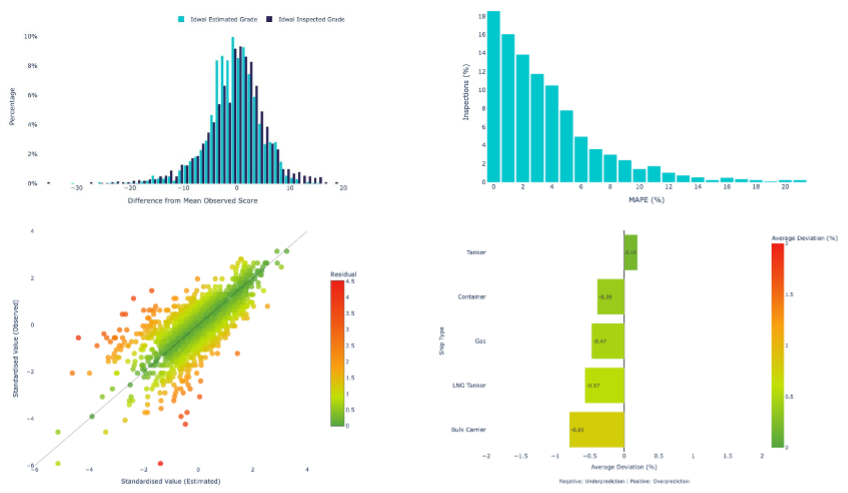Estimated Idwal Grades
Idwal's groundbreaking Estimated Idwal Grade leverages cutting-edge machine learning to provide instant, reliable vessel condition assessments for the global shipping industry—without physical inspection.
Revolutionising vessel condition assessments
With data from over 12,000 inspected vessels creating a statistically significant representation of market conditions, Idwal's unique and innovative inspection-led modelling delivers unmatched maritime intelligence:
- Comprehensive Coverage: Daily condition estimates for over 50,000 vessels worldwide.
- Exceptional Accuracy: 90% of estimates fall within 10% of actual inspection grades.
- Industry-Leading Insights: Track vessel condition changes over time back to January 2020.
- Global Fleet Analysis: Deep visibility into bulkers (93% coverage), tankers (97%), containers (99%), and more.
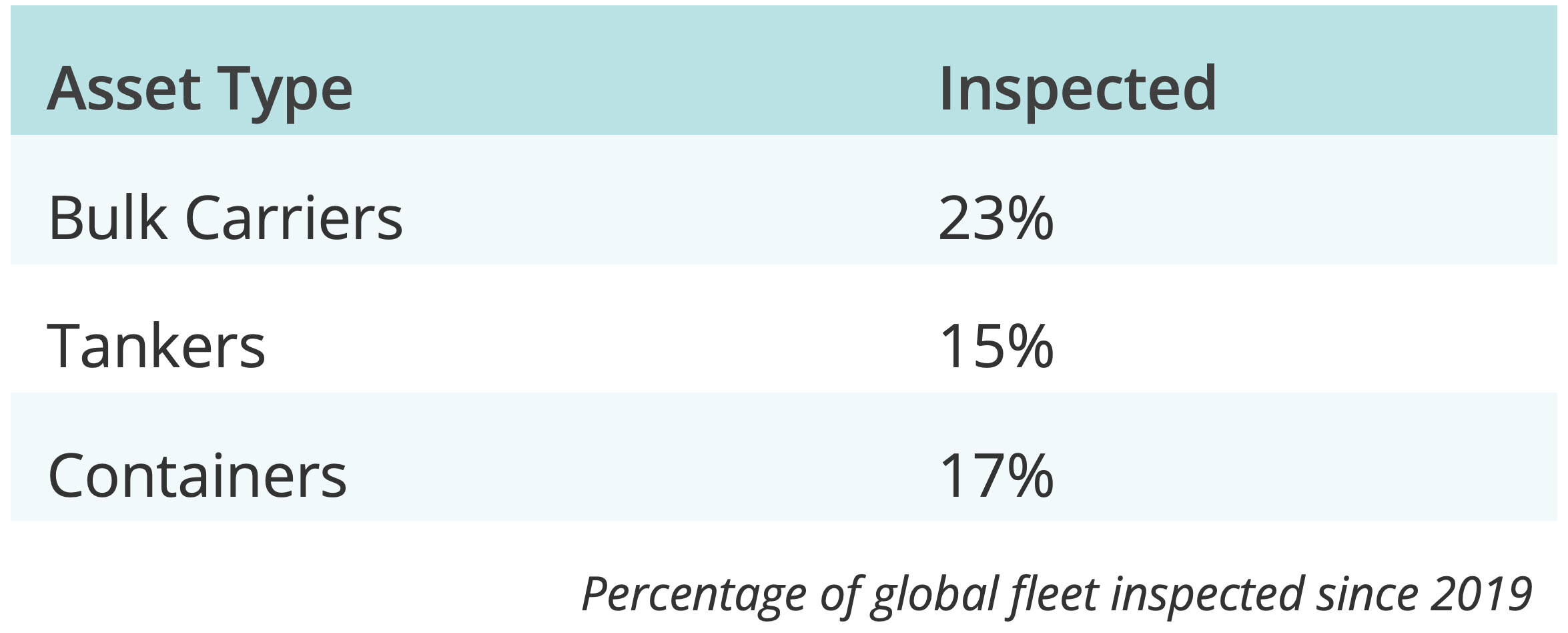
How the Estimated Idwal Grade works
Our sophisticated model analyses three distinct types of vessel features:
- Static Features: Fundamental vessel attributes that remain unchanged throughout a vessel's lifetime, such as ship design and country of build, providing baseline condition indicators.
- Dynamic Features: Elements that change at irregular intervals over a vessel's lifecycle, including technical managers, owners, classification societies, flags, and port state performance, capturing the impact of operational changes.
- Continuous Features: Time-dependent variables like vessel age and proximity to special survey dates that are updated daily, reflecting the natural evolution of vessel condition.
This multi-dimensional approach enables us to capture both the inherent qualities of a vessel and the impact of its operational management, delivering a comprehensive, real-time assessment of condition without physical inspection.
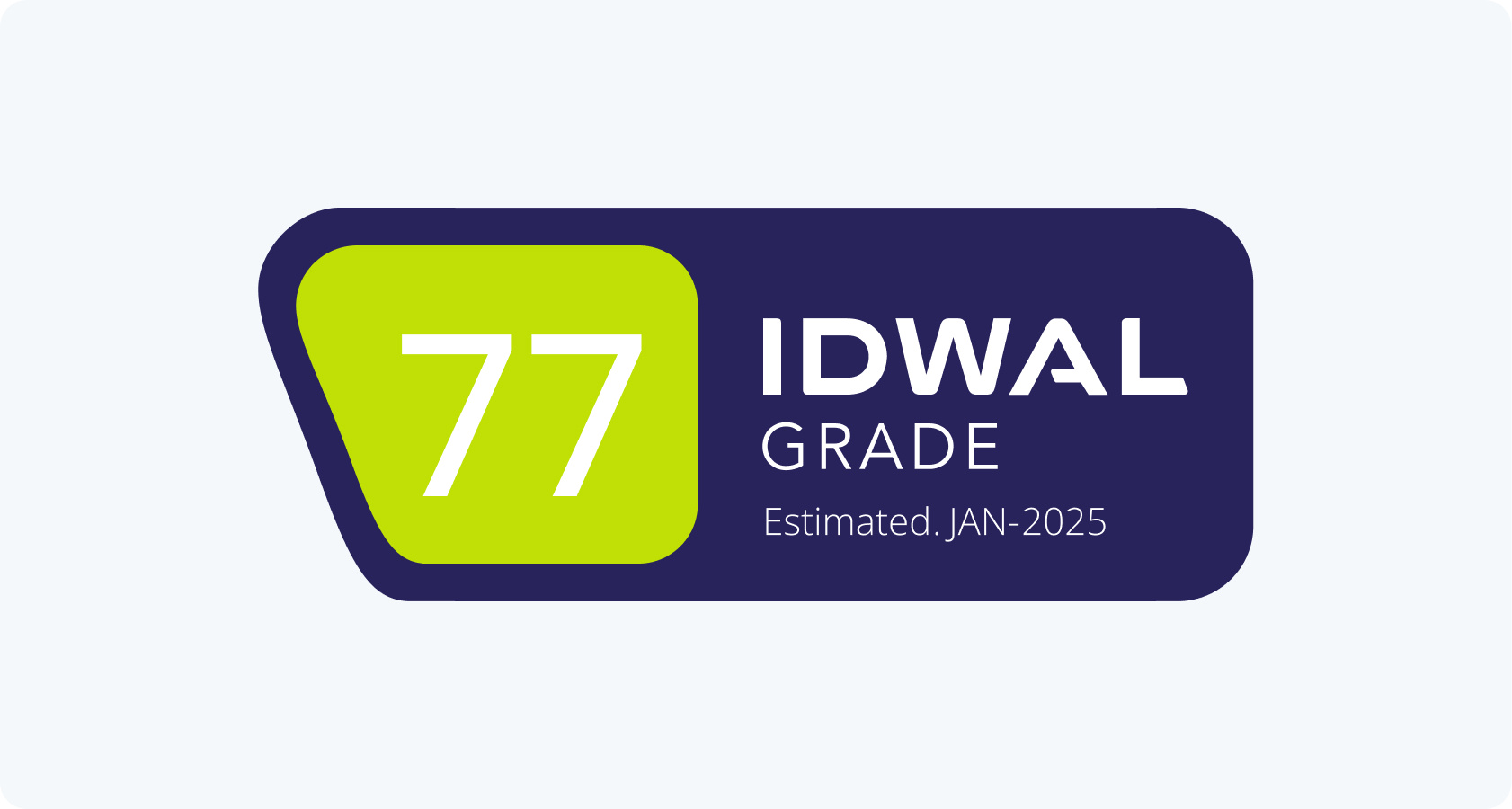
Powered by maritime expertise and data science
Our proprietary model combines:
- A curated selection of vessel characteristics from six key areas: Construction, Categorisation, Machinery, Commercial, Associations, and Operational Performance.
- Vessel comparison analysis leveraging Idwal's proprietary inspection data.
- Advanced regression modelling that transforms complex data into clear, actionable insights.
- Continuous learning from new inspections.
- Specialized feature transformation techniques to handle categorical variables with large numbers of unique values.
Sophisticated redundancy handling to maximise estimation coverage even when data is incomplete.
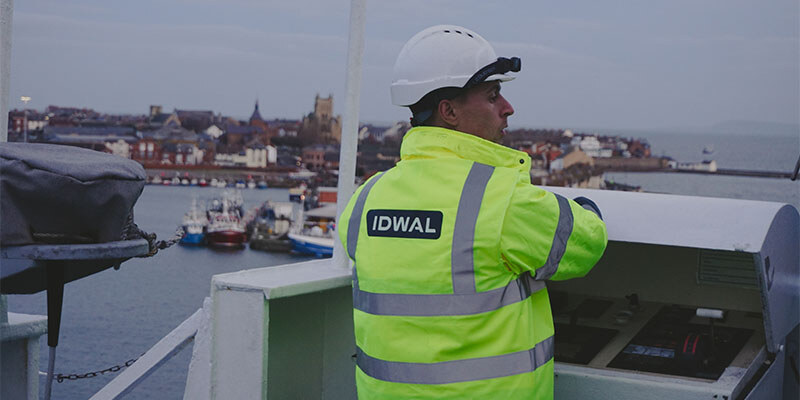
Accuracy you can trust
Our rigorous validation process ensures dependable results at scale:
- Precision: Mean Absolute Difference of just 2.8 points between estimated and actual grades.
- Consistency: About 50% of estimates are within 3% of physical inspection results.
- Continuous Improvement: Quarterly model updates incorporate the latest inspection data.
- Comprehensive Testing: Every model undergoes extensive validation against actual inspection results.
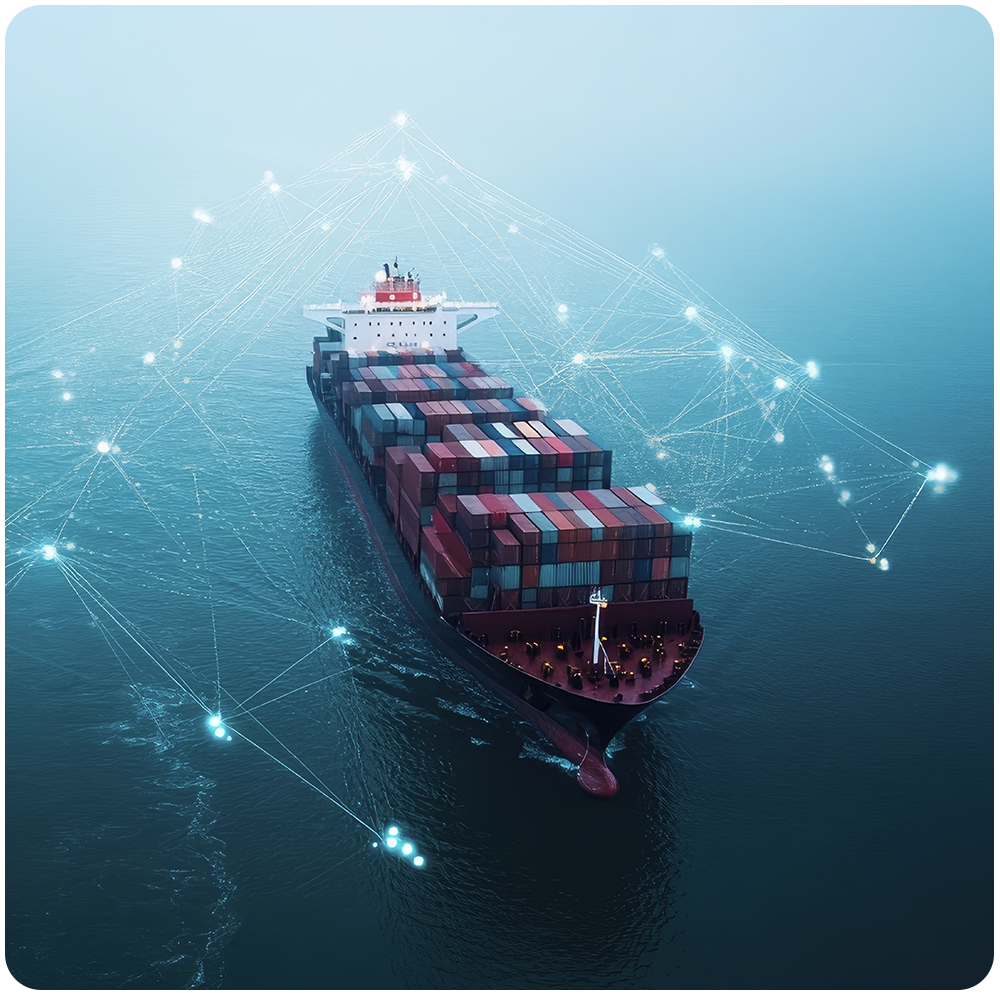
Inspected Grades
Whilst Idwal believe the estimated grade is the most accurate indicator of likely vessel condition on the market, it is ultimately still a model, and discrepancies and outliers will occur. Where absolute accuracy is required, a physical on-board inspection is still necessary.
If an Idwal inspection has taken place, and been shared by the commissioning party, the Inspected Idwal Grade will replace the estimated version for 18 months post inspection. After this the vessel will revert to an estimated grade but takes into consideration the previous inspection to improve the overall accuracy.
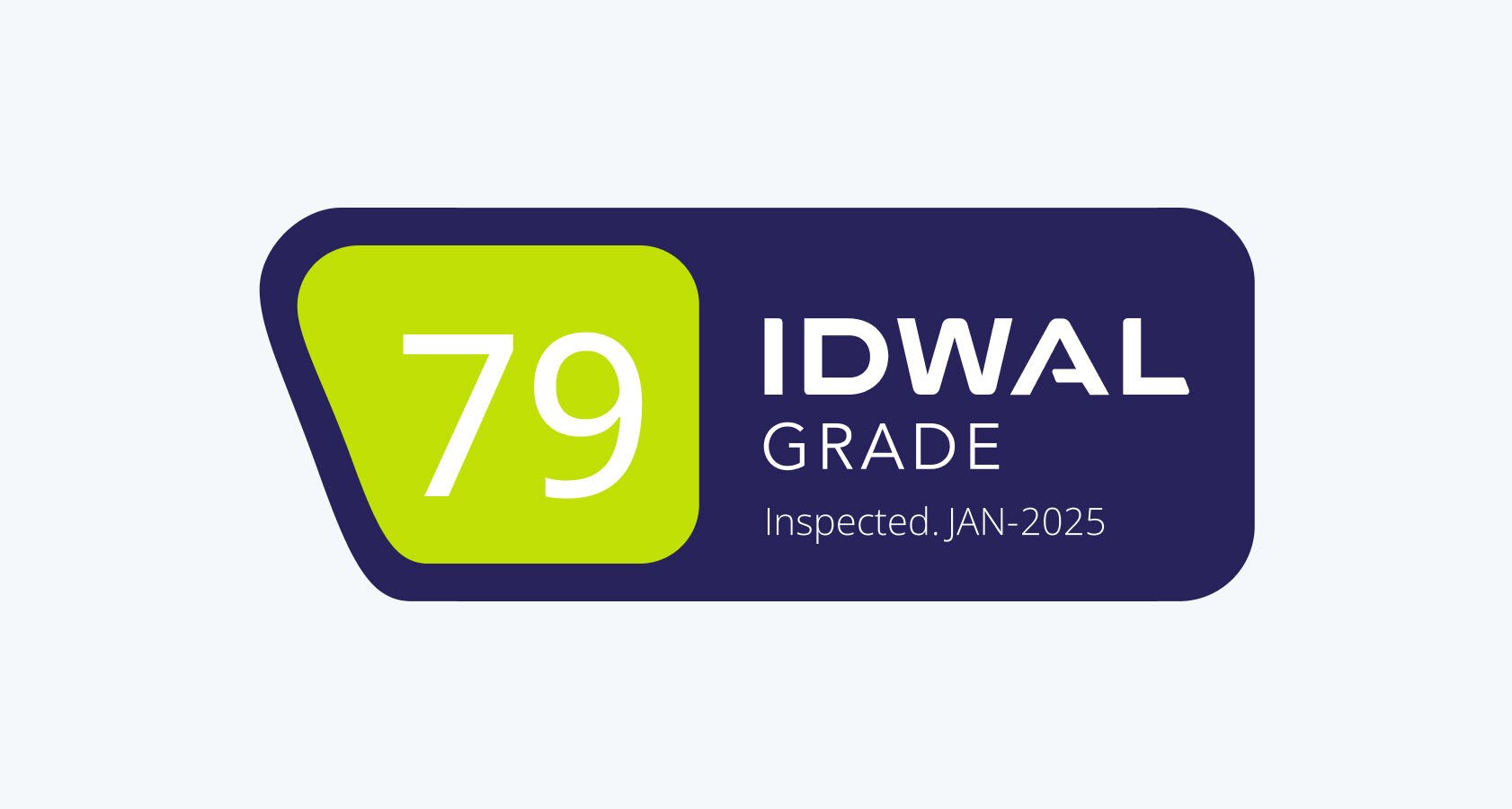
The future of maritime analytics
As our database grows and technology advances, our models continuously improve—delivering ever more accurate, granular, and predictive vessel condition insights. Our ongoing research includes exploring vessel trading history data, evaluating non-linear modelling approaches, developing subgrade-level estimations, and creating predictive maintenance indicators based on deficiency probability.
With Idwal's estimated grade technology, maritime stakeholders gain unprecedented visibility into vessel condition across the global fleet, empowering them to navigate the complex maritime landscape with confidence and precision.
